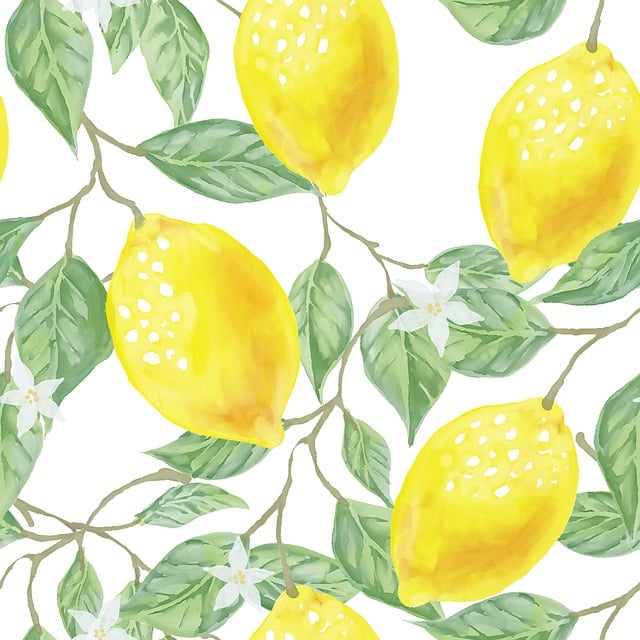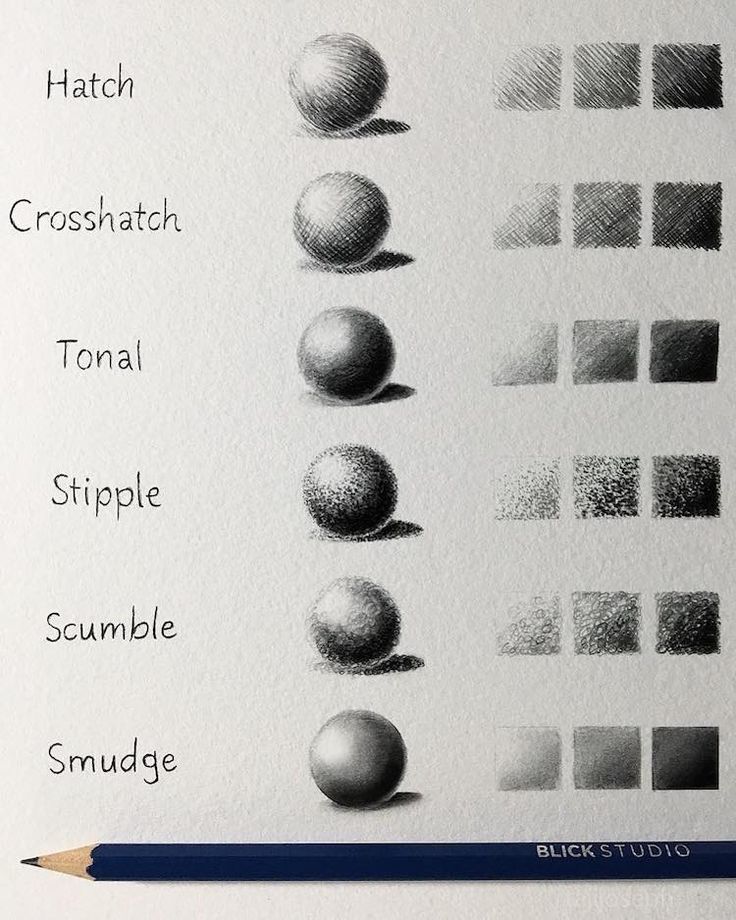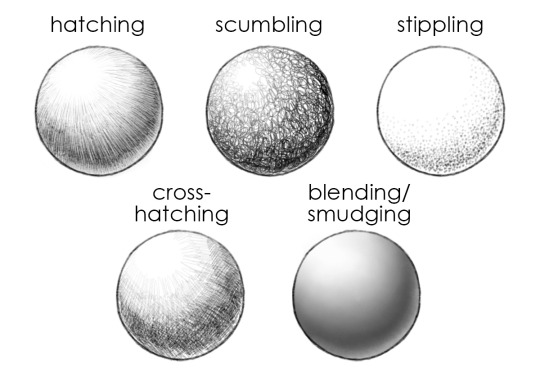
Welcome to the world of pencil sketching, where creativity knows no bounds.
In this article, we will explore the art of pencil sketching, unveiling the secrets to creating stunning and professional-looking sketches.
From choosing the perfect pencil to mastering light and shadow, enhancing sketches with shading techniques, and adding depth and detail, we will guide you on a journey of developing your sketching skills.
Prepare to unleash your artistic freedom and elevate your sketches to new heights.
Choosing the Perfect Pencil
When it comes to the art of pencil sketching, selecting the ideal pencil is essential for achieving professional-quality results. The right pencil can make all the difference in creating stunning shades and textures in your sketches.
When selecting a pencil, consider the hardness or softness of the lead, as it affects the range of values you can achieve. A soft pencil (such as a 6B or 8B) is great for creating rich, dark shades, while a hard pencil (like a 2H or 4H) is ideal for delicate details and light shading.
Experiment with different pencils to find the ones that suit your style and preferences. Remember, mastering essential techniques for shading, such as hatching and cross-hatching, will also enhance the impact of your pencil sketches.

Mastering Light and Shadow
To achieve professional-level pencil sketches, it is essential to master the art of capturing light and shadow with precision and skill. Understanding tonal values is the key to achieving realistic and three-dimensional drawings.
Here are some tips to help you master light and shadow in your pencil sketches:
Study the play of light: Observe how light interacts with objects in your surroundings. Notice the areas of light and shadow and how they create depth and dimension.
Use shading techniques: Experiment with different shading techniques, such as hatching, cross-hatching, and stippling, to create realistic textures and gradients.
Pay attention to contrast: Contrast between light and dark areas adds drama and impact to your sketches. Be mindful of the range of values and use them to create depth and emphasis.
Practice observation: Train your eye to see the subtle variations in light and shadow. Study the way light falls on different surfaces and objects, and try to replicate it in your sketches.
Enhancing Sketches With Shading Techniques
Utilizing various shading techniques, the sketches can be enhanced to achieve depth and dimensionality. Blending techniques play a crucial role in creating smooth transitions between light and dark areas, adding realism to the artwork. By softly blending the pencil strokes with a blending stump or a tissue, the artist can achieve a seamless gradient effect. This technique is particularly effective when depicting soft textures like fur or skin.

On the other hand, cross hatching methods can be used to create a sense of texture and volume. By layering multiple sets of parallel lines in different directions, the artist can simulate the appearance of rough surfaces such as wood or fabric. This technique adds visual interest and complexity to the sketch, making it more engaging for the viewer.
Experimenting with these shading techniques allows artists to push the boundaries of their sketches, bringing them to life with depth and dimension. Whether it's through blending or cross hatching, these techniques offer a wide range of creative possibilities, empowering artists to achieve their desired artistic expression.
Adding Depth and Detail
The incorporation of hatching and cross-hatching techniques enables artists to infuse their pencil sketches with a sense of depth and intricacy. By varying the pressure and direction of their pencil strokes, artists can create realistic textures that add dimension to their drawings. To further enhance the sense of depth, they can also utilize perspective techniques, such as vanishing points and converging lines.
Here are four key ways artists can add depth and detail to their pencil sketches:
Layering: Building up multiple layers of pencil strokes creates a sense of depth and richness in the drawing.
Blending: Smoothly blending different shades and tones together creates seamless transitions and adds realism to the artwork.
Highlighting and shading: Adding highlights and shadows to the drawing gives it a three-dimensional feel and brings it to life.

Fine detailing: Paying attention to small details, such as textures and patterns, adds intricacy and realism to the sketch.
Developing Your Sketching Skills
Improving your sketching skills requires practice and dedication, as well as a willingness to continuously learn and explore new techniques.
To develop your sketching skills, it is essential to experiment with different subjects and styles. Sketching landscapes and nature can be a great way to enhance your skills, as it allows you to observe and capture the beauty of the natural world. Whether it's a serene mountain range or a blooming flower, sketching these elements can help you understand the intricacies of shapes, textures, and shading.
Additionally, exploring different sketching styles and techniques can expand your artistic horizons. Try experimenting with hatching, cross-hatching, stippling, or even using different types of pencils to create various effects.
Frequently Asked Questions
How Do I Choose the Right Paper for Pencil Sketching?
Choosing the right paper for pencil sketching is crucial to achieving desired results. Avoid common mistakes by considering factors such as texture, weight, and tooth. Experiment with different options to find what works best for your artistic style and preferences.
What Are Some Common Mistakes to Avoid When Sketching With Pencils?
When sketching with pencils, it is important to avoid common mistakes such as improper shading techniques and not using a sharp enough pencil. These errors can hinder the artistic expression and freedom desired by the audience.
Are There Any Specific Techniques for Creating Texture in Pencil Sketches?
Creating texture in pencil sketches requires careful shading and blending techniques. By varying the pressure and direction of your pencil strokes, you can simulate different textures, such as the roughness of tree bark or the smoothness of glass.

What Are Some Tips for Sketching Realistic Portraits Using Pencils?
To achieve shading and depth in pencil portraits, utilize techniques such as cross-hatching and blending. Capturing accurate proportions involves careful observation and measurement, as well as understanding facial anatomy and the play of light and shadow.
How Can I Prevent Smudging or Smearing My Pencil Sketches?
To prevent smudging or smearing in pencil sketches, employ various techniques such as using a fixative spray, working from top to bottom, using a paper towel or tissue to rest your hand, and using a light touch when shading. These methods will help maintain the integrity of your pencil sketches.
 Writing TipsCreative WritingJournalingSketching TechniquesBuying GuidesPrivacy PolicyTerms And Conditions
Writing TipsCreative WritingJournalingSketching TechniquesBuying GuidesPrivacy PolicyTerms And Conditions
